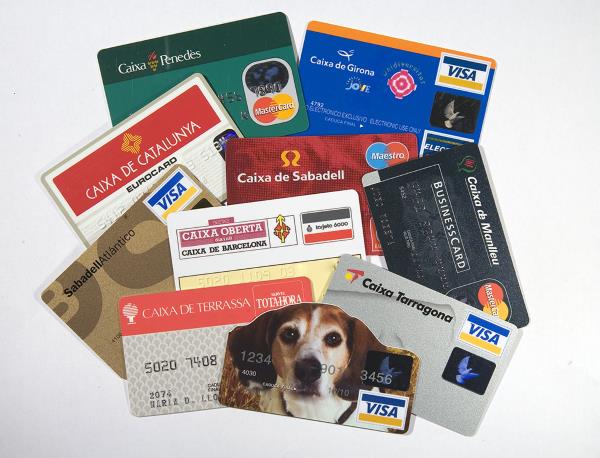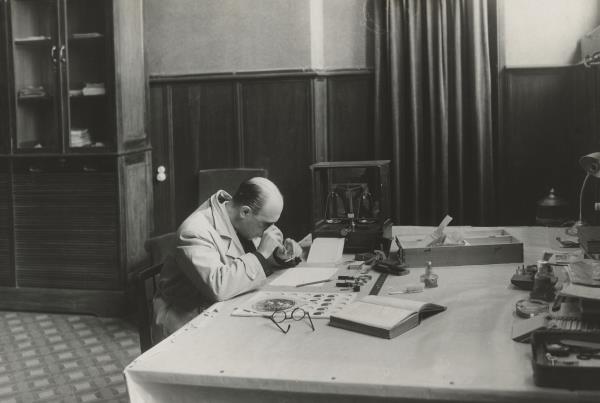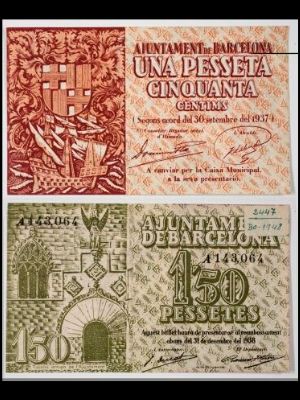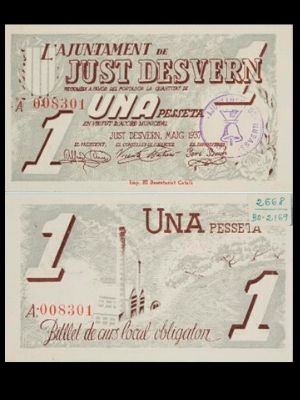Maria Clua
These days we are living in a state of emergency or crisis that obliges us to adopt new measures of control and safety at all levels. We weren’t used to living confined within the walls of our homes, working from home, going out to the street only for minimum tasks, and protecting ourselves with gloves and masks from an invisible enemy, but a very fierce one. This state has affected such a simple act as paying for a product when we go shopping.

The transformation of payment methods
For some time now, the means of payment for everyday life have been undergoing a transformation. Gradually, metal currency is losing its primary place it has taken on since its origin, around the seventh century BC, constantly evolving until World War II, to end up being introduced in the last quarter of the twentieth century as a system based on “plastic credit cards”. These credit cards issued by banks and financial institutions, today have become the preferred/required means for making transactions. Since 13th April, 2020, the population has adopted the credit card, in the same as it has the mask and gloves.
We have heard many times that history repeats itself, that it is cyclical, so we see that this is not the first time that different states have had to make recommendations on how to deal with payments in times of crisis. Without going back very far in the past when, on 17th July 1936 the armed conflict began in Spain, which would last until 1st April, 1939, the so-called Civil War was faced with the lack of metal currency for small daily payments. In Catalonia, new products or alternatives quickly emerged, which in most cases were monetary signs in the form of paper money, “banknotes” issued by the Generalitat and the different Catalan town and city councils.
Of this new currency put into circulation, the Numismatic Cabinet of Catalonia (GNC) hosts a good collection. It also preserves a first-hand source of information that allows us to reconstruct the way in which the different City Councils and Municipal Councils launched the “new currencies”.
The work of Josep Amorós in the collection of new coins
The collection was an initiative of Dr. Josep Amorós, professor of History at the University of Barcelona and director of the Numismatics Cabinet of Catalonia (GNC), who with a great vision for the future tried to gather together all the new “products” that would serve as a means of exchange from 1936 onwards, in force until the decree of the 6th January, 1938, which ordered the collection of all banknotes, vouchers and bonds or coins that were not issued by the Treasury or the Bank of Spain. The task of withdrawing cash was irregularly accepted, and several calls had to be repeated: on 25th February and 11th May, 1938.

Dr. Amorós, carried out a global action that covered the entire Catalan territory. Thus, on 31st August, 1937, he wrote a petition document, in the form of an official letter, on paper from the General Commissariat of Museums of Barcelona (Poble Espanyol de Montjuïc), an institution dependent on the Generalitat de Catalunya, which was sent to all the municipalities. The file on this request is totally conserved: the circular and the list of places where it was sent (Barcelona, National Archive of Catalonia, Museums Board, Request for delivery of 2 copies of the coins and banknotes issued in each municipality for the Numismatics Cabinet of Catalonia, ANC1-715-T-2775).
The response of the different municipalities was reflected in the Book of Donations of the Art Museums of Barcelona City Council (volume of October 1930 to February 1962, p. 55). But the letters accompanying the donation were also filed (GNC Archive, Correspondence 1936-1939).
Thus, finally, the Barcelona Museum Commissariat had collected a sample of the values issued by 125 municipalities. The interest of this subseries lies in the wide variety of products that were issued. Remember that each council could make a divisional or fractional currency – the highest value preserved is 2 pesetas and the lowest 5 cents – as the cost of living demanded low value pieces for everyday life.
Payments throughout history
An action from our immediate present, such as paying with a plastic credit card, has led us to remember how our grandparents made payments during the war. We invite readers of this “reflection” or “journey into the past” to delve deeper into the subject, as we have many tools at our disposal to document ourselves.
We believe that the main one is the GNC (Numismatics Cabinet of Catalonia) collection due the wide variety of institutions represented, the diversity of the values preserved, the state of conservation and serialization, and, above all, because of the written documentation that accompanies the nominal values, it is in short the reference collection within the Catalan territory. We can see a summary in the recent publication Currency in the Spanish Civil war: art, design and propaganda.
A similar collection is also preserved in our territory in the Resource Centre for Learning and Research (CRAI) the Library of the Pavilion of the Republic with a specific collection of paper money made up of about three hundred copies which mainly come from the Josep M. Figueras Library.
The other institution that preserves a large collection of Civil War paper money is the Museum of History of Catalonia (MHC), that since 2008 has deposited a part of the collection that over the years was being put together by Antoni Turró, about three thousand banknotes issued by the municipalities of Catalonia, the Valencian Community, Menorca, Aragon and Andorra.
Once these large documentary collections have been highlighted, we recommend consulting the Thematic Guide Money in the Spanish Civil War produced by our colleagues from the Joaquim Folch i Torres Library of the Museu Nacional.We started talking about the present and remembered a not too distant past, the question we have left to ask is: what information will our grandchildren have about how they faced payments during the 2020 coronavirus crisis? Oral memory, graphic and visual documents, electronic testimonials, websites, etc.
Related links
La moneda a la Guerra Civil espanyola: art, disseny i propaganda (Currency in the Spanish Civil War: art, design and propaganda)
Fundació Josep M. Figueras (Josep M. Figueras Foundation)
Money in the Spanish Civil War
Gabinet Numismàtic de Catalunya











